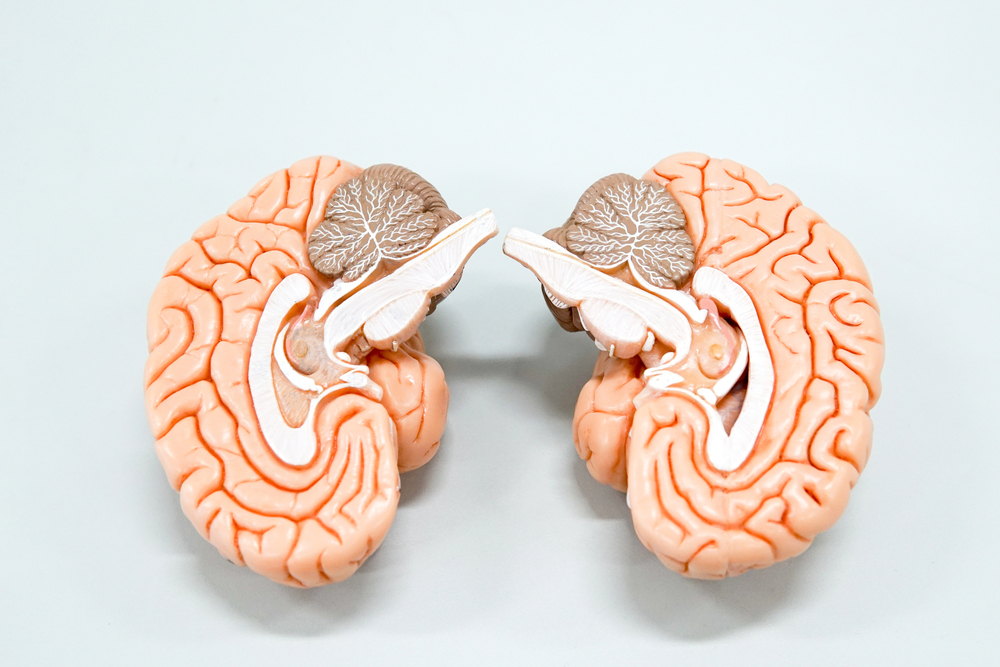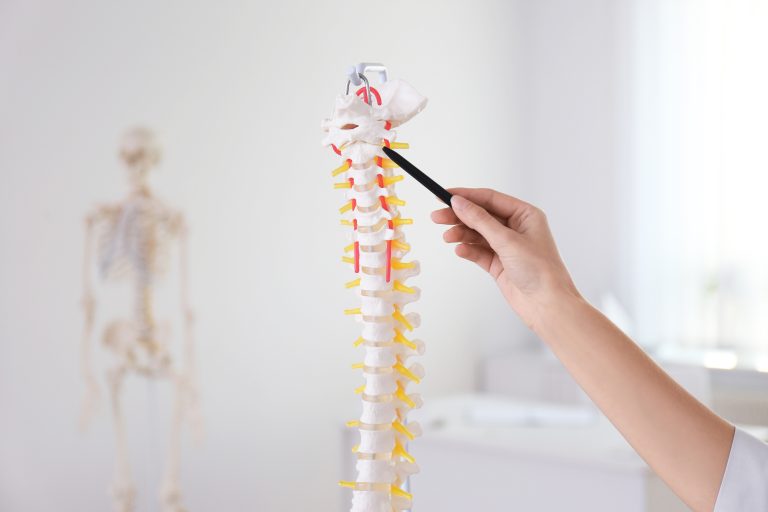Introduction to the Cerebellum
The cerebellum, intriguingly known as the “little brain,” is a fascinating and integral part of our nervous system. This designation stems from its Latin origin, which literally translates to a smaller counterpart of the brain. Despite its modest size, especially when compared to the larger cerebral hemispheres, the cerebellum plays an outsized role in maintaining our body’s motor functions.
Located under the occipital lobes of the cerebrum and behind the brainstem, the cerebellum forms the largest part of the hindbrain. Its development is an elegant process originating from the alar plates of the metencephalon, a region in the developing brain of an embryo. This early formation is crucial for its complex and vital roles in the mature human brain.
The cerebellum’s primary responsibilities are manifold and essential for everyday function:
- Maintenance of posture and balance: It is the cornerstone of our ability to stand upright, walk, or perform any balancing act. The cerebellum continuously processes input from various body parts to adjust and maintain our posture and balance.
- Maintenance of muscle tone: It plays a critical role in regulating the tension and strength of muscles, ensuring they are neither too lax nor overly tense. This regulation is key to our body’s smooth and coordinated movement.
- Coordination of voluntary motor activity: Perhaps its most renowned function, the cerebellum fine-tunes our voluntary movements. It ensures that our movements are precise, smooth, and coordinated, allowing us to perform tasks gracefully and efficiently.
The cerebellum’s ability to perform these functions seamlessly and without conscious effort on our part underscores its complexity and importance in our daily lives. Its precise regulation of movement and posture is fundamental to our interaction with the physical world.
Cerebellar Lesions
Lesions in the cerebellum can cause symptoms on the same side of the body. These may include an unsteady gait, tremor, nystagmus (rapid involuntary eye movement), and dysarthria (difficulty articulating words).
External Features of the Cerebellum
The cerebellum’s structure mirrors that of the cerebral hemisphere, with a thin layer of cortex on the outside and deeper white matter within. Its grey matter is intricately folded, forming a pattern known as the “arbor vitae” or tree of life, a design that allows millions of neurons to occupy a compact area. Located in the posterior cranial fossa, the cerebellum is positioned behind the fourth ventricle, the pons, and the medulla oblongata and is covered by the tentorium cerebelli. It’s ovoid in shape, constricted in the middle, and consists of two hemispheres united by a narrow median vermis.
Phylogenetic and Functional Divisions
The cerebellum is divided into three main lobes:
- Anterior Lobe (Spinocerebellum): Located on the superior surface, this lobe receives sensory input and regulates muscle tone.
- Middle or Posterior Lobe (Neocerebellum): The largest part, situated between the primary and posterolateral fissures, and is responsible for coordinating voluntary motor activities.
- Flocculonodular Lobe (Vestibulocerebellum): The smallest lobe, responsible for maintaining posture and balance.
Horizontal Fissure
This deep fissure along the cerebellum’s margin separates the superior and inferior surfaces. Though morphologically and functionally insignificant, it is a notable structural feature.
Longitudinal Organisation
The cerebellum has three functional longitudinal zones:
- Median (Vermal) Zone: Projects to the fastigial nucleus.
- Paramedian (Paravermal) Zone: Projects to the interposed nuclei.
- Lateral Zone: Projects to the dentate nucleus.
Mnemonic for Cerebellar Parts
A handy mnemonic to remember the parts of the cerebellum from anterior to posterior is: “Like Cats Catching Dogs For The Party Up North.” This represents the Lingula, Central Lobule, Culmen, Declive, Folium, Tuber, Pyramid, Uvula, and Nodule.
Expand Your Knowledge with a Free Online Course on Cerebellum Anatomy
To further enhance your understanding of the cerebellum, consider enrolling in our free online course, The Anatomy of the Cerebellum. This comprehensive course offers an in-depth exploration of the cerebellum’s structure, segments, and regions. It delves into the cerebellum’s role in developing motor skills, maintaining balance and posture, and the intricate functioning of neurons within our brain.
Suitable for anyone curious about the central nervous system or seeking to advance their knowledge in neuroanatomy, this course is an invaluable resource for both personal and professional growth. Enrol now to deepen your understanding of this vital brain component.





